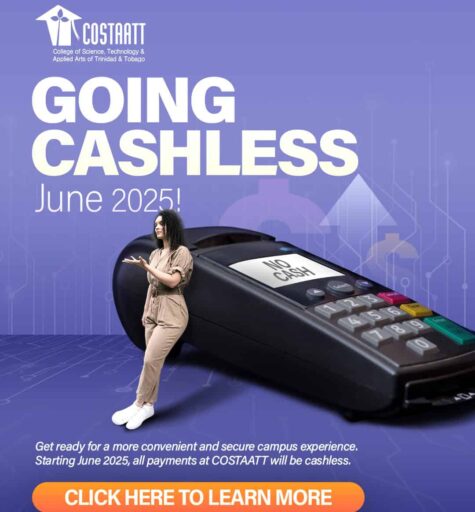
In the world of gaming, creating a believable game economy is crucial for immersing players in the virtual world you’ve crafted. It’s an integral part of the overall gaming experience, influencing player motivation, satisfaction, and ultimately the success of your game. However, when it comes to game economies, striking a balance between realism and playability can be a challenging task.
One common approach that has been heavily criticized in recent years is the use of microtransactions. These in-game purchases have sparked controversy among gamers, leading to accusations of pay-to-win mechanics and unfair advantages for those willing to shell out extra cash. As a result, many players have grown weary of games that rely on microtransactions to drive their economies.
So, how can game developers create a believable and engaging game economy minecraft servers hosting without resorting to microtransactions? Here are a few key strategies to consider:
1. **Balanced Resource Distribution**: One of the fundamental principles of a believable game economy is ensuring that resources are distributed fairly and evenly throughout the game world. This means taking into account factors such as resource scarcity, player skill levels, and in-game demand when designing your economy. By creating a balanced and dynamic resource system, you can encourage players to engage with the game world and its economy in a more meaningful way.
2. **Rewarding Player Progression**: Another key aspect of a successful game economy is rewarding player progression and skill development. By providing meaningful rewards for achieving milestones, completing quests, or mastering game mechanics, you can incentivize players to invest time and effort into your game. This can help to create a sense of accomplishment and satisfaction, keeping players engaged and motivated to continue playing.
3. **Player-driven Markets**: In some games, player-driven markets can add an extra layer of complexity and realism to the game economy. By allowing players to buy, sell, and trade in-game items and resources with each other, you can create a dynamic marketplace that reflects supply and demand. This can help to foster a sense of community within the game, as players interact and collaborate to achieve their goals.
4. **Regular Updates and Balancing**: Finally, maintaining a healthy game economy requires regular updates and balancing to ensure that it remains fair and engaging for all players. By listening to player feedback, monitoring in-game metrics, and making adjustments as needed, you can keep your economy running smoothly and prevent it from becoming stagnant or unbalanced.
In conclusion, creating a believable game economy without relying on microtransactions is certainly possible with careful planning and attention to detail. By focusing on balanced resource distribution, rewarding player progression, incorporating player-driven markets, and staying proactive with updates and balancing, you can create a rich and immersive gaming experience that resonates with players and stands the test of time.
